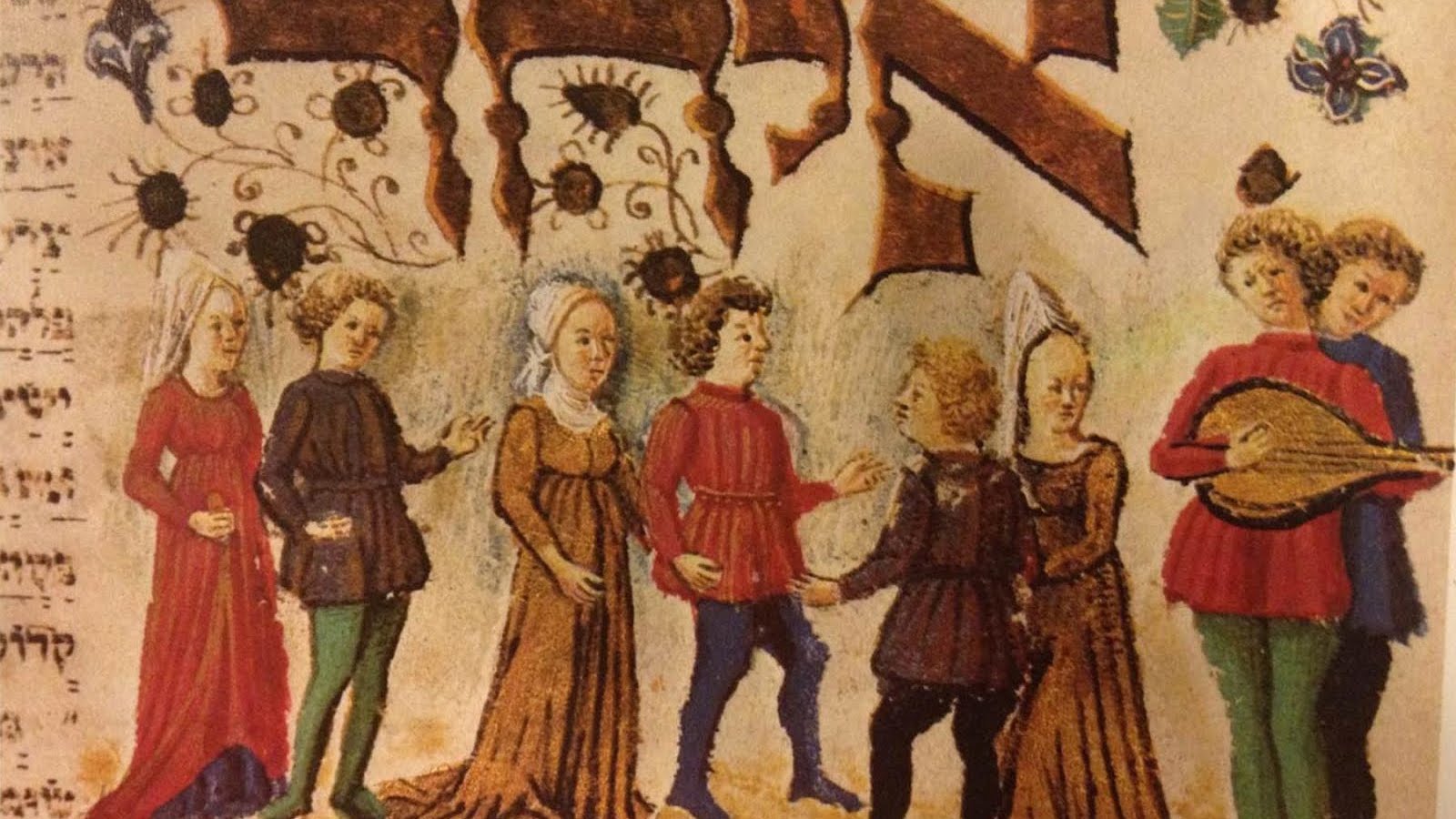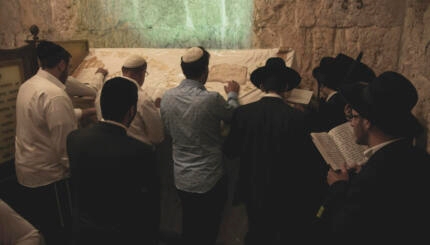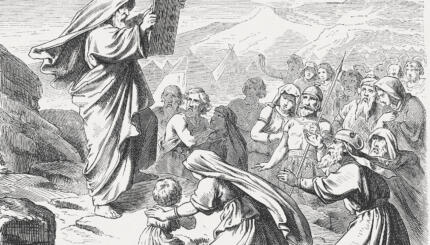Most medieval Jews lived outside the Land of Israel. The Land remained a central theme in Jewish learning and liturgy, but it was abstract, an object of speculation and imagination. Indeed, in several instances, the Zohar — the most important work of medieval Jewish mysticism — erroneously describes the Land’s physical features.
However, not all medieval Jewish thinkers philosophized about the Land. Saadiah Gaon (882-942) avoided the subject entirely. This might be attributable to Saadiah’s polemic against the Karaites, a heretical Jewish sect. The Karaite group known as Avelei Zion (Mourners of Zion) were defined by their grief over the exile and the destruction of the Temple, and they stressed the importance of re-settling the Land.
READ: Medieval Jewish History, 632 to 1650
Perhaps the most important medieval statement about the Land came not from a philosopher, but from Rashi (1040-1105), the greatest of the medieval exegetes. Rashi’s first comment on the Torah quotes the tradition that the Torah begins with Creation, and not the first commandment, to stress God’s ownership of the world. Since God is the Creator, God can give the Land of Israel to whomever God pleases. The significance of this cannot be overstated. Traditional education includes Torah study with Rashi’s commentary. Thus, for generations, the very first lesson learned from the Torah has been the Jewish People’s right to the Land of Israel.
With your help, My Jewish Learning can provide endless opportunities for learning, connection and discovery.
A number of philosophers employed natural or pseudo-scientific theories to explain the uniqueness of the Land. According to Judah Halevi (1086-1145), the Land of Israel has the best of all possible climates, and it is in the middle of the inhabited earth. The Land’s geographical centrality and spiritual centrality are intricately connected. The Land lingers on the border between physical and metaphysical realms. Indeed, its physical qualities facilitate metaphysical perfection. According to Halevi, perfection and prophecy is only possible in the Land.
Similarly, Abraham Ibn Ezra (1089-1164) believed that the Land of Israel was astrologically superior to other lands. The Land’s coordinates made it particularly attuned to the power of the stars. Within the Land there were gradations of astral excellence, too. Jerusalem was the best-situated city, and the Temple Mount was Jerusalem’s prime astrological real estate.
In the Middle Ages, astrology was a science, not a superstition. Ibn Ezra’s astrological insight was his way of rationally explaining the Land’s distinctiveness. Still, like Halevi, Ibn Ezra believed that the physical and metaphysical were linked. Star power was influenced by the observance of certain commandments, which in turn affected the Land. When the Jews ignored certain commandments, astrological conditions deteriorated, resulting in exile.
Unlike Halevi and Ibn Ezra, Maimonides (1135-1204) believed that the Land of Israel was inherently like all other lands, but this didn’t mean it was philosophically insignificant. According to Maimonides, intellectual perfection is the goal of human existence, and exile and instability make it more difficult to achieve these goals. In addition, certain commandments could only be observed in the Land. In these regards, however, the Land is a means, not an end in itself. In fact, Maimonides did not believe that settling the Land was one of the 613 commandments.
Nahmanides (1194-1270) severely criticized Maimonides for this position. According to him, not only was the settlement of the Land a commandment; all of the commandments were meant exclusively for those residing in the Land. They are observed in exile in preparation for the return to the Land. In addition, Nahmanides approved of–perhaps encouraged–militarily conquest of the Land.
Nahmanides’ devotion to the Land was rooted in kabbalah, medieval Jewish mysticism. In the kabbalistic theory of the sefirot (the ten divine attributes/emanations), the Land of Israel was an important symbol of Malkhut (Kingship), a female divine attribute also known as Shekhinah. In the sexual imagery of kabbalah, it was desirable to try to unite this female attribute with the male attribute Tiferet (Glory). This conjunction was facilitated by commandments fulfilled in the Land of Israel, and it increased harmony in both the divine and human realms.
Torah
Pronunced: TORE-uh, Origin: Hebrew, the Five Books of Moses.



